Table of contents
What is ayurvedic massage?
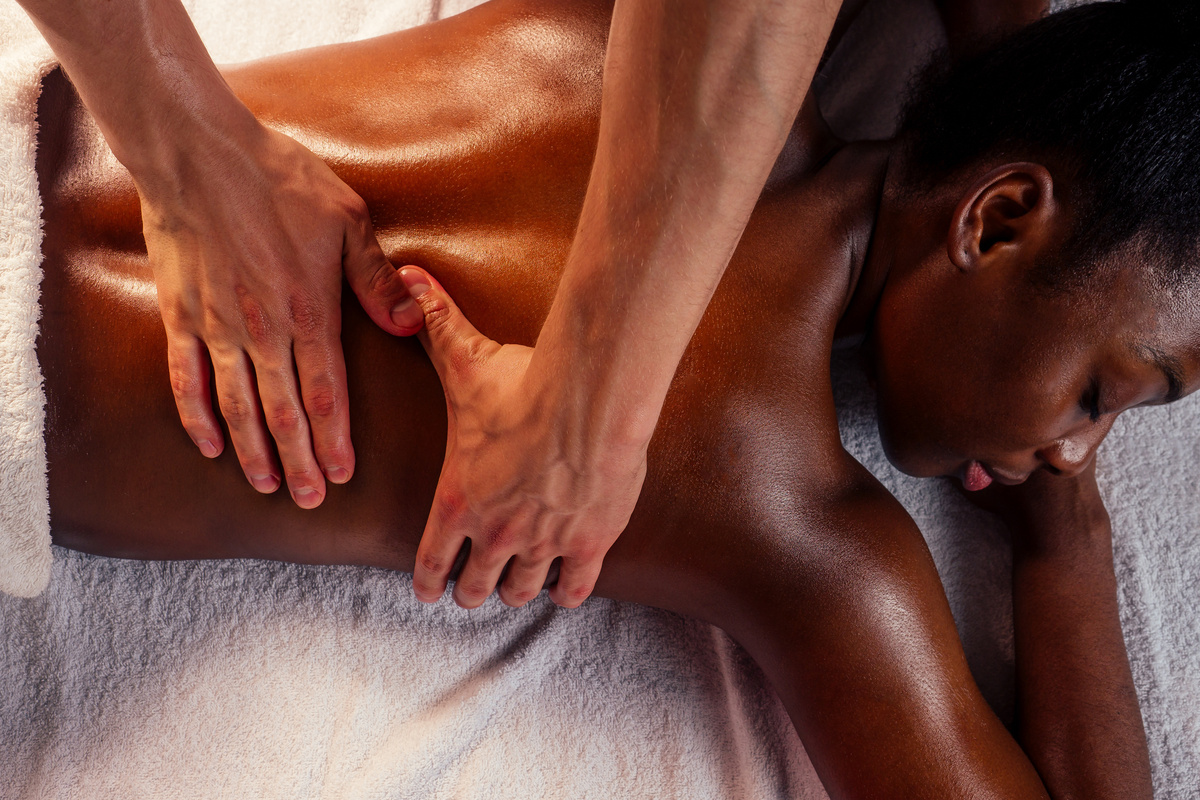
Ayurvedic massage is an ancient technique that makes up the system of traditional medicine from India (Ayurveda). This method was expanded to the rest of the world due to its promising effect for the relief of physical and mental illnesses. It is a treatment that helps improve blood circulation, eliminates toxins, reduces stress, helps deal with emotional problems, among many other pointspositive.
Unlike western medicine, which believes that diseases should be treated locally, Ayurveda sees the individual as a complete being with its own particularities. Thus, various points of tension in the body can generate the emergence of diseases and discomforts.
There are several types of massage in Ayurveda medicine and each one is indicated for a specific condition. Check below the characteristics of each type, as well as the basics and advantages of this practice.
Basics of ayurvedic massage

Ayurvedic massage has existed for thousands of years, providing many benefits. Some are specific, such as improvement in skin appearance, and others can be felt by the patient soon after a session, such as well-being and vitality. Check below its origin, how is the practice and other benefits.
Origin of Ayurvedic massage
Some documents indicate that Ayurveda and Ayurvedic massage appeared around 5000 years ago, while others say it was around 7000 years ago. Regardless of the exact date, one can notice that this set of techniques and knowledge is very old.
In Sanskrit Ayurveda means science of life. One of the present concepts is that the human being is composed by 5 elements, being them air, fire, water, earth and ether, this last one corresponds to the soul. Each one of these components will determine the energetic conditions of the beings.
Because of its effectiveness it was spread to the whole world. Therefore, it is common to see psychologists and physiotherapists indicating this therapy or even applying it. However, it can be performed by anyone, provided they have previous knowledge.
Benefits of Ayurvedic massage
It is normal to see individuals who have undergone an ayurveda session open up about their feelings. This is because this practice relieves bodily and physical tensions, providing balance and a state of well-being for the patient, making them feel comfortable to share their emotions.
Because of busy routines and too much information, people tend to become overloaded, and Ayurveda can restore the condition of fullness. However, discomfort can return if there is no daily practice of self-observation.
Among the benefits that the application of ayurveda allows are the relief of muscle tension, balance of energies, prevention of diseases, relaxation, rejuvenation of the skin, reduction of body fat, strengthening of the immune system, among many other benefits.
Ayurvedic massage in practice
Massage brings peace to those who receive the treatment. In this way, the session is a moment of cleansing and dispersion of tensions. But, as relaxing as it may be, it is not a light massage.
The movements used are strong and intense. Precisely because of this it is possible to relieve pain and discomfort. However, this may vary depending on the technique used. In addition, it favors blood circulation and disperses toxic substances present in tissues and muscles.
Doshas of Ayurvedic massage
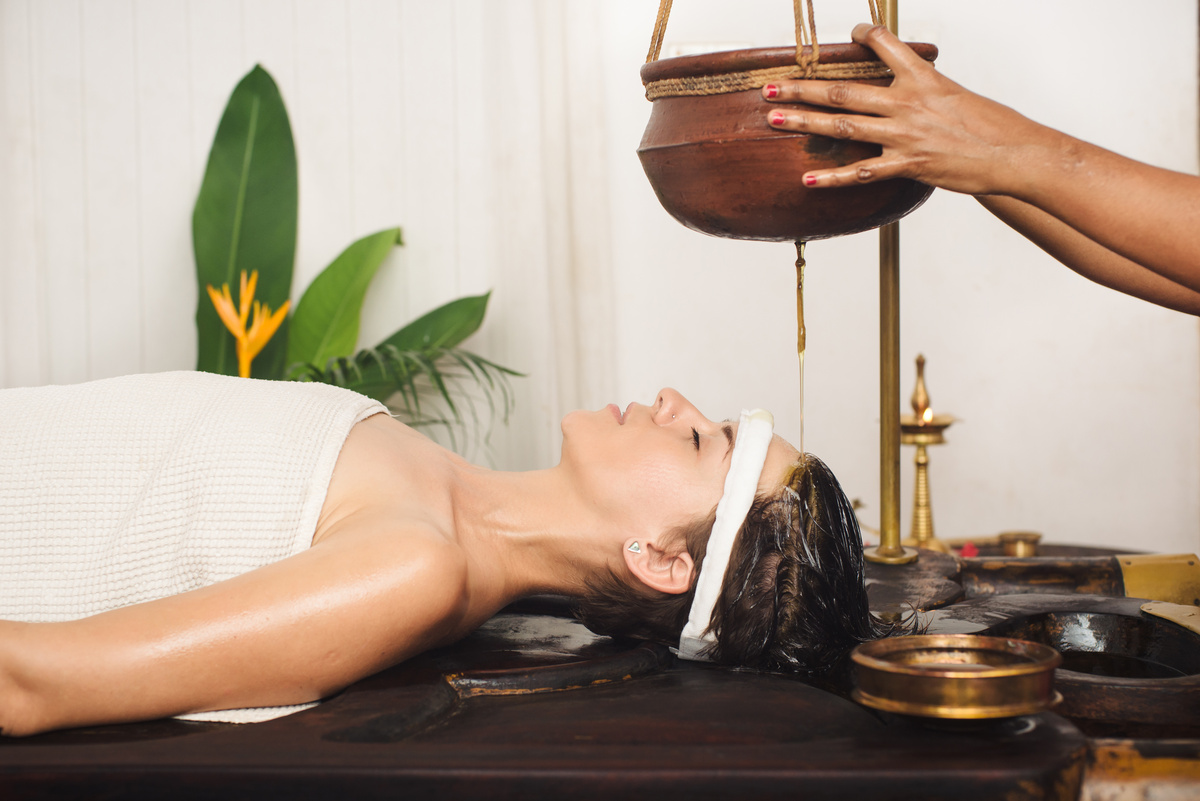
Doshas are sets of biological traits of three types called vatha, kapha and pitha. All people have these three doshas, but there is always a predominance of one of them. Discover below the characteristics of each dosha and which one you fit.
Vatha
The vatha dosha is the one that provides movement. It is related to the air and ether element, promoting a motivating force for those who have this dosha as the main one. Besides that, it is connected to the propagation of nervous impulses, breathing, heartbeat, among other functions.
People with the prevalence of this dosha have some physical characteristics like dry and icy skin, thin and distant structure, thin and dry hair, they release little sweat, they are agile and also distracted. The creativity is sharpened, so it is common that these people opt for the artistic area or areas that can explore creativity.
Furthermore, when in equilibrium they are willing and proactive people who seek new experiences. However, when in imbalance the person may become anxious and have excessive negative thoughts because of worries.
Its most incident location is the large intestine, and can generate digestive problems when unbalanced. Who has this dosha as central, should prefer hot and sweet foods, also salty and acidic flavors and a more natural diet.
Kapha
The kapha dosha is ruled by the elements of water and earth. It favors union, nutrition and physical and emotional support. It provides lubrication to the joints and favors the immune system. It is common to notice that people who have the prevalence of this Dosha are strong physically and even emotionally.
They are burly people, with wide hips and shoulders, calm, charismatic and loving. Because of the characteristic of little movement they are prone to obesity, so it is essential to maintain a healthy diet. The foods that contribute to this dosha are spicy and bitter flavors.
Pitha
The pitha dosha is connected to the elements fire and water. People with a predominance of this dosha are intelligent, as well as intuitive and sensible for decision making. This is because there is a relationship of pitha with digestion and transformation, favoring self-knowledge, emotions and intellectual thoughts.
They are nice and ambitious people who have characteristics such as smooth and silky skin and hair, high appetite, feel very hot, medium height, gain and lose weight easily, as well as muscles.
Pitta is located in the duodenum, being responsible for digesting food, keeping the body temperature in balance, regulating metabolism and other functions. Self-massage can be an important practice to balance this dosha and relieve tension. Besides all that, preferring refreshing, natural and bitter foods is a valuable tip.
Types of ayurvedic massage
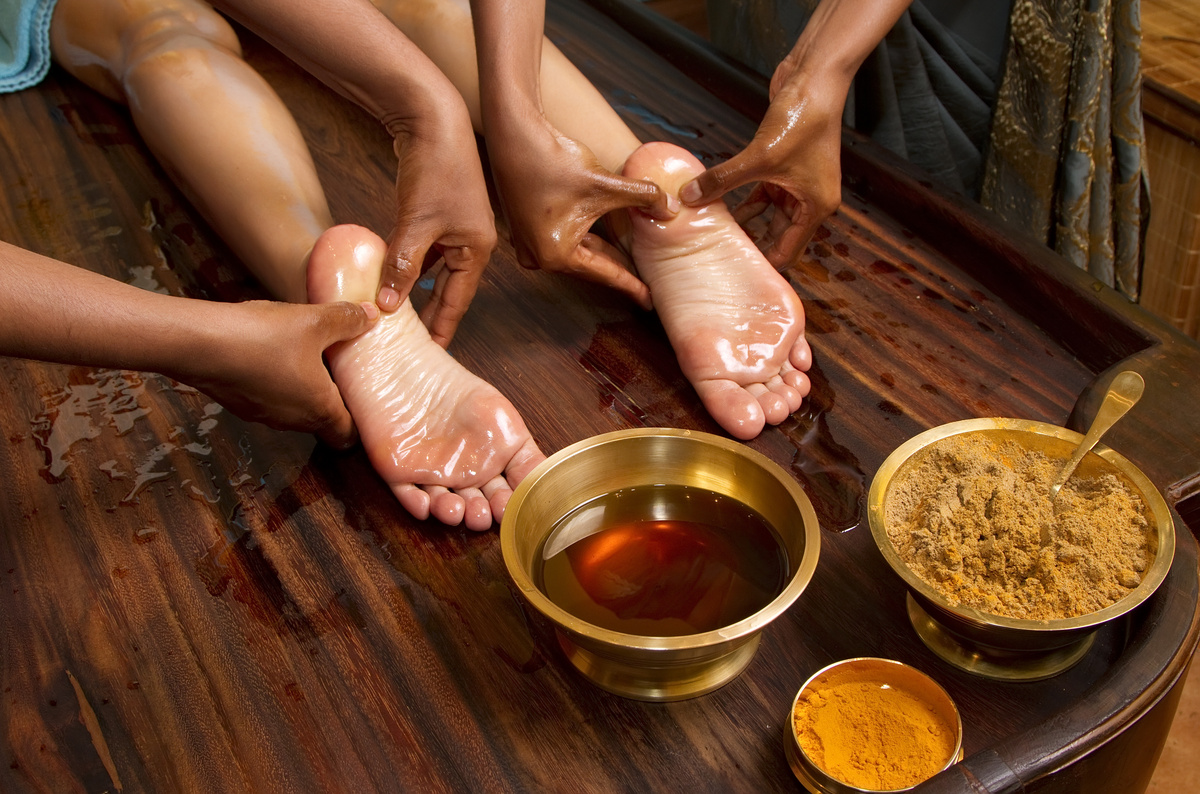
There are several types of massages and each one uses different techniques. Thus, there are procedures that are ideal for certain cases, as is the massage for pregnant women, and others that are indicated for a specific dosha. Know abhyanga massage, shiroabhyanga, garbhyni and more.
Ayurvedic massage abhyanga type
The abhyanga massage aims to reach all parts of the body with the help of oils. Its use is indicated when the vatha dosha is in imbalance, but can be used in other cases. It is a treatment capable of promoting complete stability.
The oils that can be used are numerous, but they are always applied in warm temperature. The most common oil in this practice is sesame, but it is also common to see the use of almond oil, sunflower, among others.
Another interesting factor is that the pressure exerted in other massages does not occur in abhyanga, which is more of an oiling than a massage. This method is very effective for mental health care, removing anguish and harmonizing feelings.
Ayurvedic massage pinda sweda type
Indicated for both vatha dosha and pitha dosha, the pinda sweda massage favors blood circulation and promotes healthier digestion. In addition, the skin also becomes more beautiful, lush and nourished. The person also tends to feel more willing, renewed and rejuvenated.
It is a treatment that uses warm compresses of rice, herbs and milk. They are placed in pouches and applied throughout the body. Thus, it can leave the joints more supple and remove edema. It is indicated for those suffering from paralysis, rheumatism, osteoarthritis, among other diseases.
Ayurvedic massage shiroabhyanga type
The shiroabhyanga type massage is done on the head, shoulder and part of the back. It is indicated for people who have pain in these regions. After a session the person is more willing, and at the same time relaxed, increasing the flow of prana, your vital energy.
It also helps in the production of hormones such as melatonin and serotonin, which are responsible for providing a sense of well-being. Besides all that, this massage can also delay baldness.
Ayurvedic massage padabhyanga type
Padabhyanga is the foot massage. ayurveda has as ideology that there is the absorption of energy from the earth through the feet, so this massage is very important. the feet are responsible for the structure of the whole body, so for there to be successful completion of daily activities is necessary to maintain health in this region.
The indication is to do the massage at the end of the workday, or before bedtime. This way, you can relieve stress. The benefits of this practice are deep hydration of the feet and ankles, reduction of fatigue and anxiety, sleep improvement, increased circulation and decreased discouragement, helping in cases of depression.
Ayurvedic massage garbhyni type
The garbhyni massage is suitable for pregnant women. It uses gentle movements that promote relaxation, allowing a healthier pregnancy, since pregnancy can be a troubled time for some women. It is beneficial to reduce muscle tension, mental and also helps the circulatory and lymphatic systems.
Therefore, any mother-to-be who is interested in seeking a more harmonious gestational period can opt for this massage from the third month of pregnancy. In any case, it is important to consult a doctor to know if there are any contraindications.
Ayurvedic massage kumara abhyanga type
Just as there is an ideal massage for pregnant women, there is also a technique that is reserved for babies: the kumara abhyanga massage. This massage can also be done on women during pregnancy, and it contributes to the connection between mother and child. In addition, it assists in the emotional health of the woman.
The baby enjoys the massage using oils and undergoes a type of smoking, known as dhumapa. This treatment is very similar to shantala, popularly known in western countries.
Ayurvedic massage udwartana type
Ideal for weight reduction, the udwartana massage leaves the muscles more resistant, regulates body oxygenation, reduces cellulite and eliminates toxins. In addition, it is indicated for postpartum women. The massage is done all over the body, making use of vegetable oils and herbs in powder or paste form.
Ayurvedic massage utsadana type
The utsadana massage is one more indicated to help the vatha dosha. Through light exfoliation is able to renew the health of the skin and make it stronger and more beautiful. It is visible that after a session of utsadana the skin looks lush and soft. To do the technique is used paste or lepa, or a mixture of herbs, oils and minerals.
Ayurvedic massage garshana type
Garshana is a massage indicated to balance the kapha dosha, but can also be applied in other doshas. It helps in weight loss, muscle strengthening, skin nutrition, toxin release and can be effective even in cases of rhinitis and sinusitis.
The technique is done with salt, camphor and silk gloves. It can also be done with the help of a brush, as well as, organic honey is applied in the most critical regions. Camphor helps dry the fat, this because it has properties that help blood circulation. It is indicated to do the procedure in the morning and then take a shower to remove impurities.
Ayurvedic massage marma abhyanga type
To perform the marma abhyanga method, first the places where the energy is unbalanced are identified, then a special oil is applied. Acupressure (pressure on specific points with the fingers of the hands) is performed mainly on the head and feet, relieving pain and providing relaxation. In addition, this treatment also benefits the immune and lymphatic system.
Common questions about ayurvedic massage
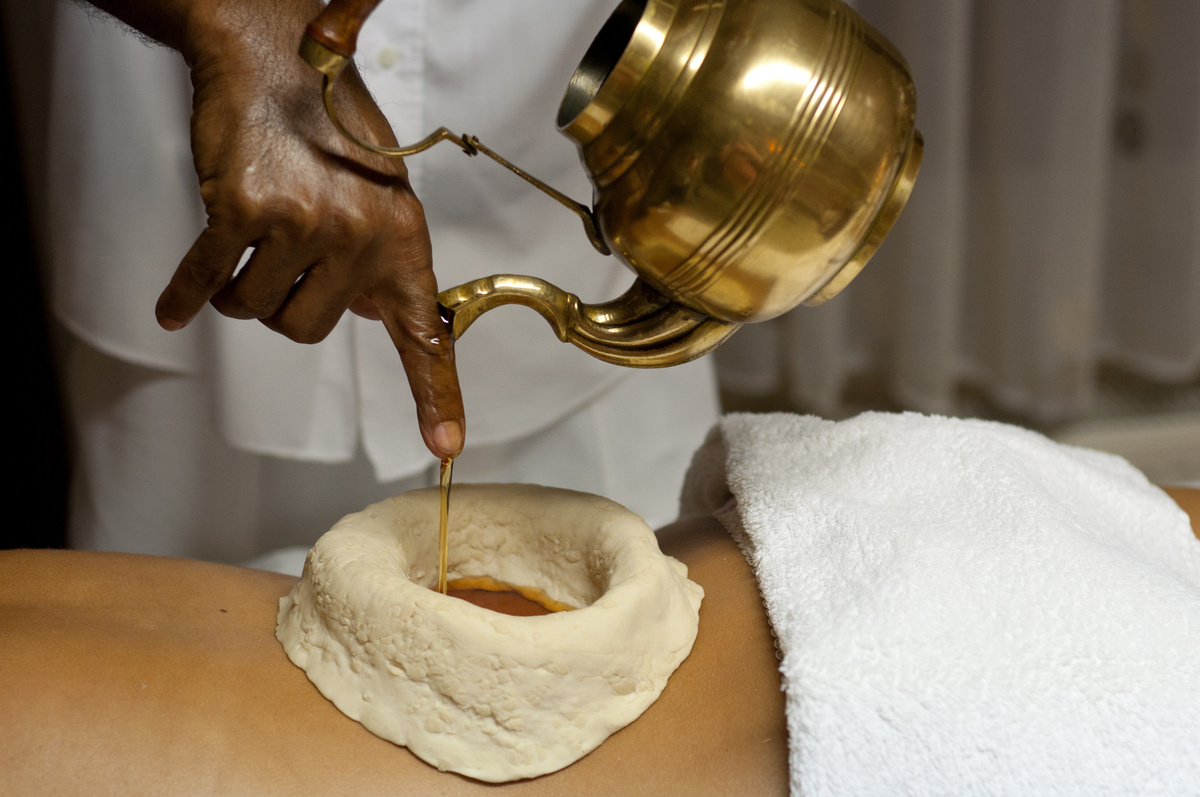
Some doubts arise when the subject is ayurvedic massage. Questions about prices, care after the massage and whether there are any contraindications are common. To avoid any questions, find out more about these issues below.
Can anyone enjoy ayurvedic massage?
Not all people can perform ayurvedic massage. There are contraindications in cases of cancer, tumors, capillary fragility and thrombosis. Also in case of constipation, skin lesions, fever and cold is also advised not to apply the massage. In any case, the ideal is to ask the doctor, avoiding major problems.
What are the post-massage indications?
After the ayurvedic massage, it is preferable that the patient remains at rest for 15 minutes, the ideal is to remain in a meditative state, without conversation. After that, you should wait about 2 hours to take a bath, it is also indicated to opt for light meals. Following these recommendations is essential for better effectiveness of the practice.
How much does an ayurvedic massage session cost?
The price of an ayurvedic massage may vary according to each professional and establishment, but generally prices vary from R$ 100.00 to R$ 300.00. It can be more expensive or cheaper, depending on the chosen technique.
For more, it is also possible to purchase packages with several massages, being ideal for those who want to experience the benefits of the practice for longer. The packages vary from R$ 500.00 to R$ 700.00.
Can ayurvedic massage help in cases of depression?
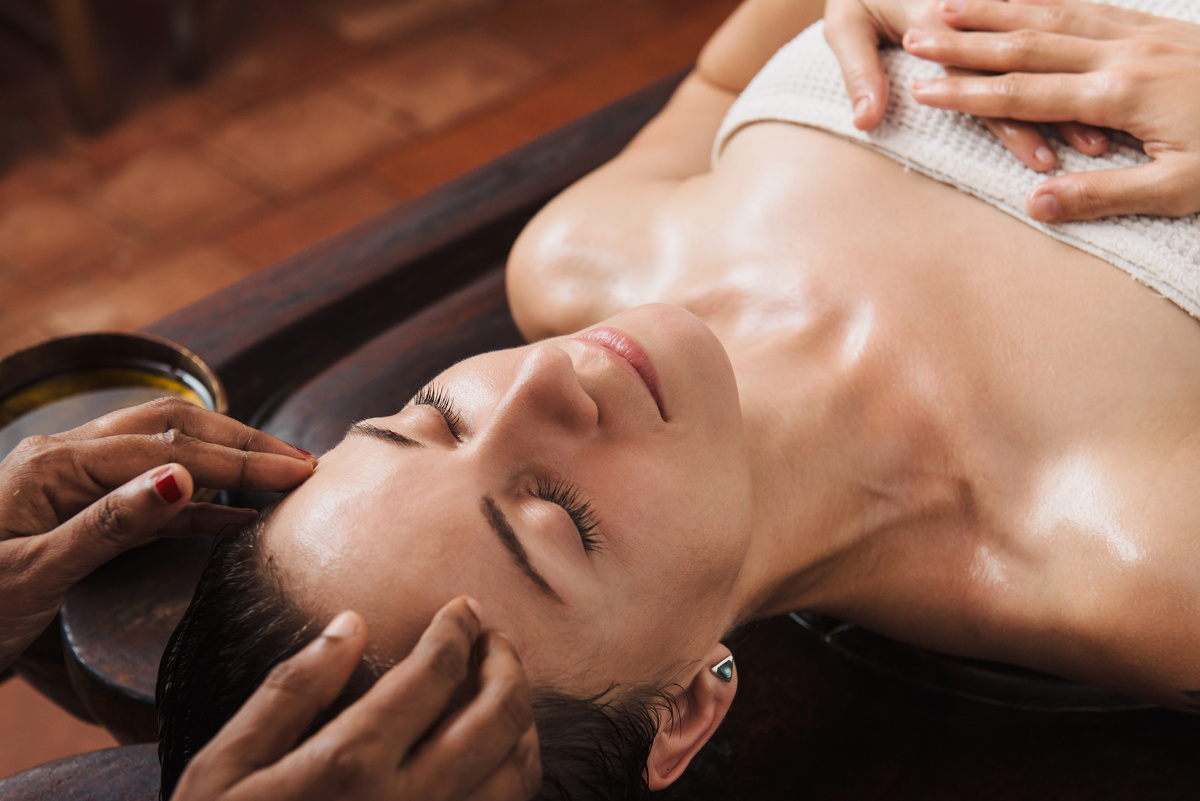
Ayurvedic massage is able to help patients with depressive conditions. This occurs because it relieves stress and, therefore, can leave the mind lighter. Thus, the person tends to feel more willing, with more energy, removing the discouragement and negative thoughts.
It is known that depression is a very complicated disease, both for the person who is suffering and for people who live with the individual, so all help and healing method is welcome.
Massage is also effective for the relief of various other ailments, both physical and mental discomforts, balancing the body and energies as a whole. Besides all this, it promotes the balance of the doshas, warding off the incidence of various discomforts. Therefore, seeking Ayurvedic massage is extremely enriching.

